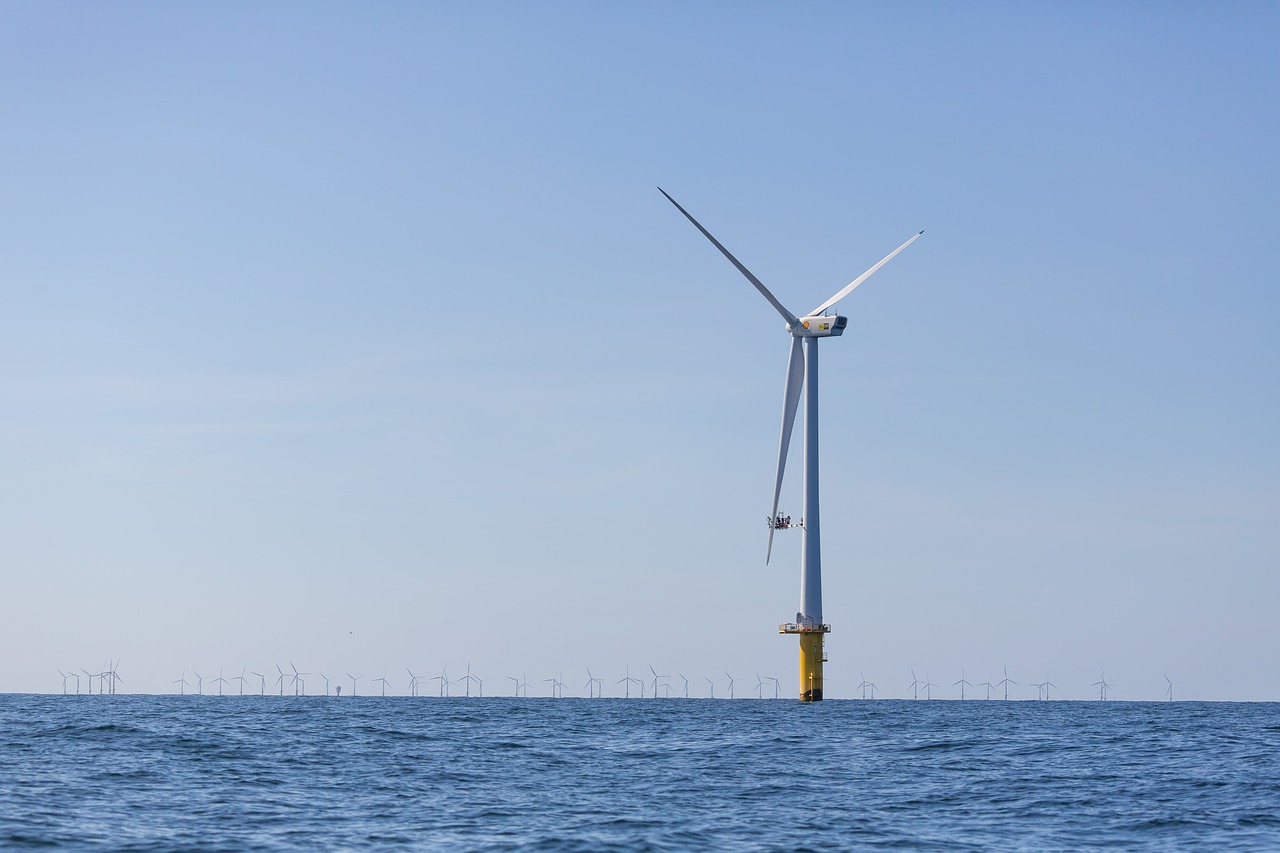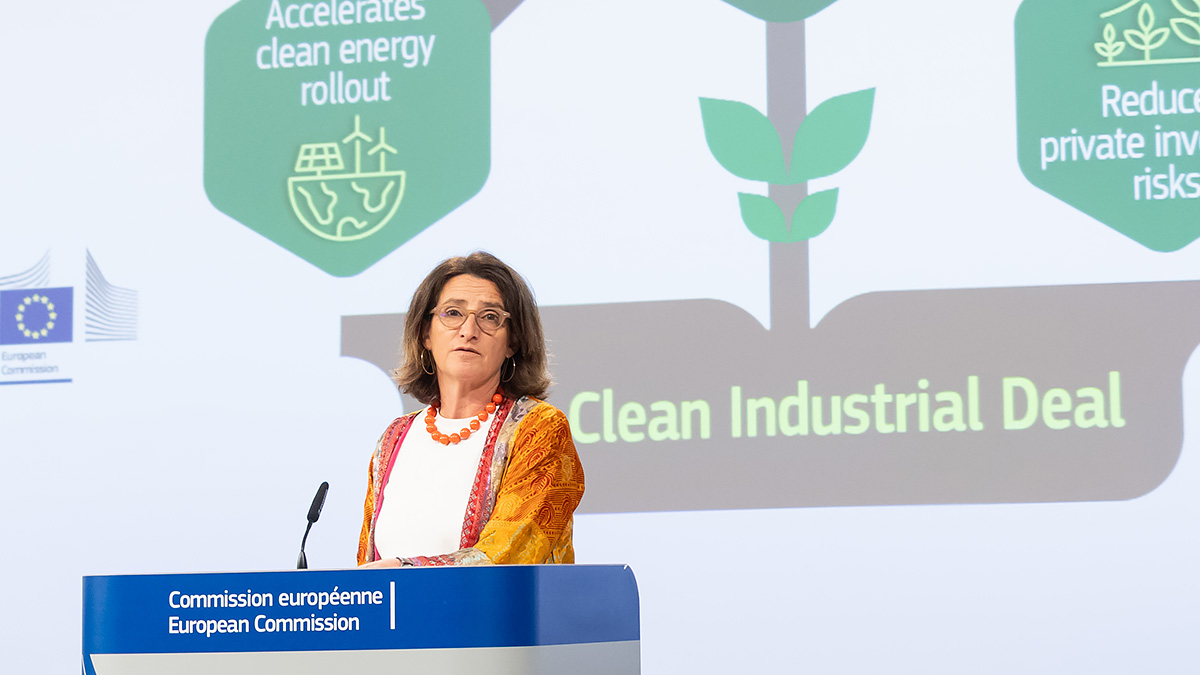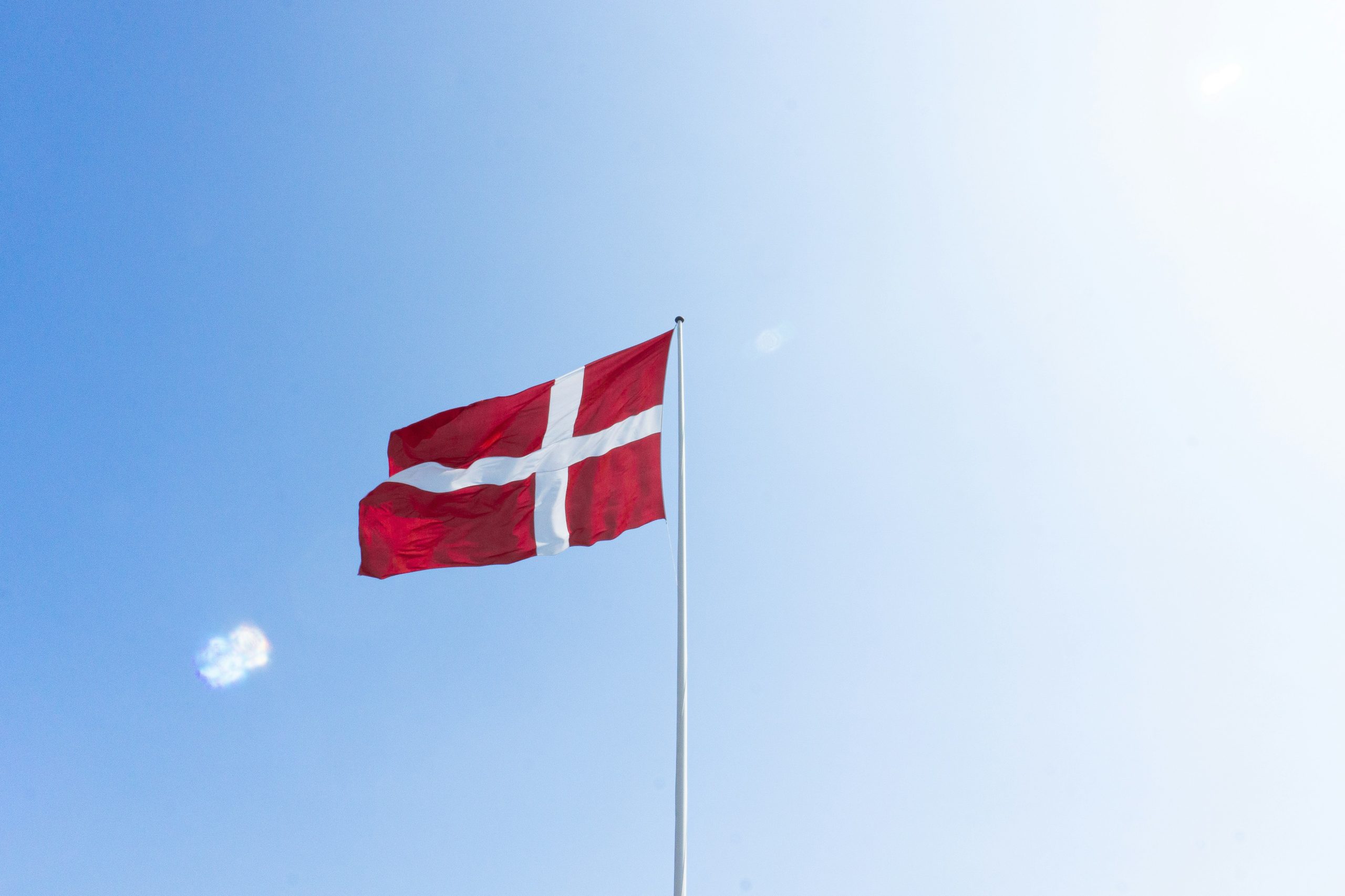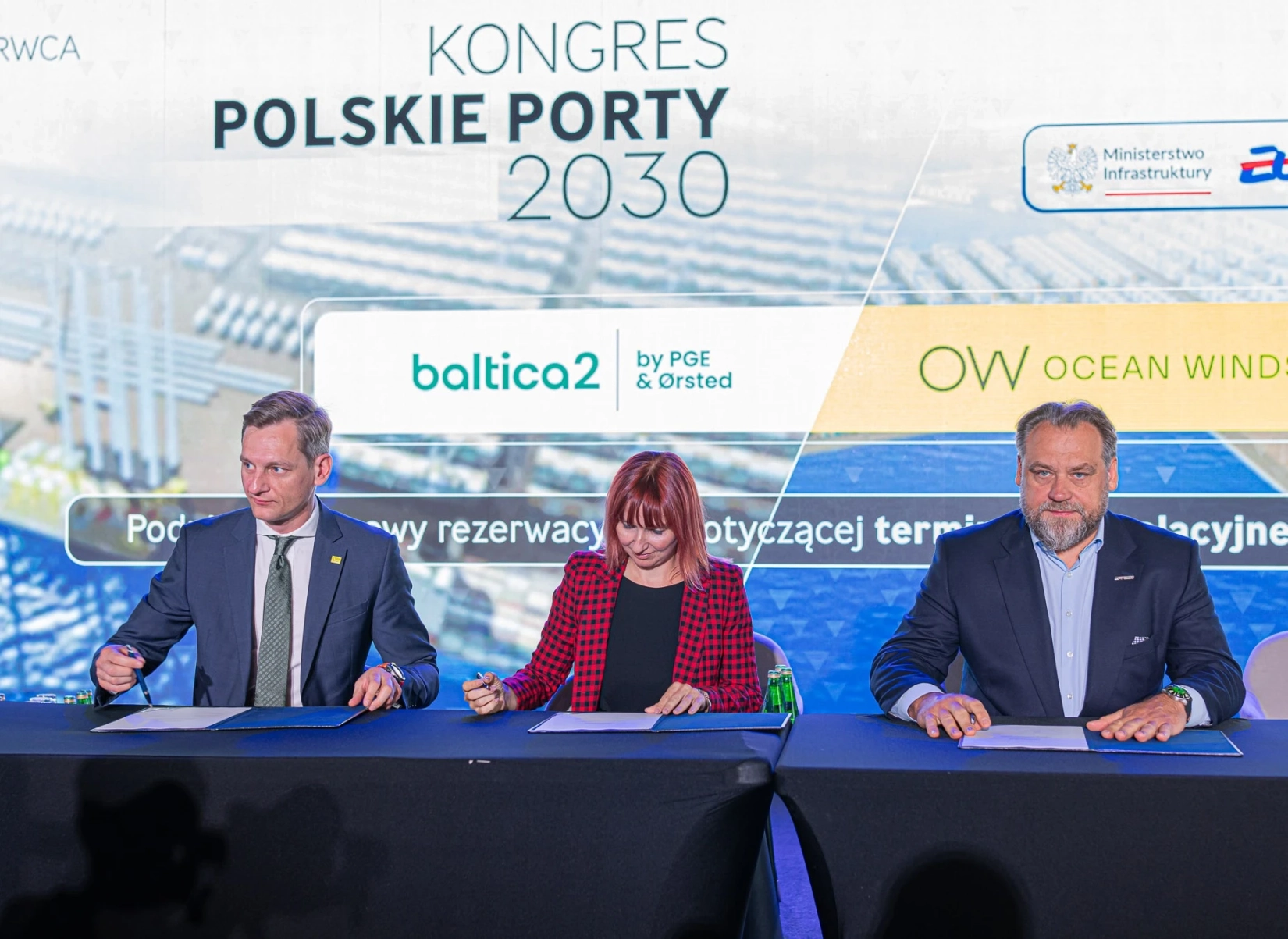According to the Swedish Wind Energy Association (SWEA), a total of 67 TWh of offshore wind power is in the permitting phase. Projects for which permit applications are currently pending could be commissioned in as little as six years, but then the permitting processes will need to be streamlined and coordinated, the Swedish industry organization argues.
Lina Kinning, Director for offshore wind at the Swedish Wind Energy Association, reports that the market is showing strong interest in building offshore wind power, both near land and further offshore. Sweden should take advantage of this.
“It is now up to politicians and authorities to enable offshore wind to reach its full potential, primarily by ensuring efficient permitting processes”, Kinning says.
Contrary to popular belief, it is not the construction phase that is time consuming, but the permitting phase that is the main bottleneck for offshore wind development in Sweden. The government’s goal should be to halve the lead time for power generation projects and the construction of new electricity grids.
SWEA data shows that the market plans to provide a total of 366 TWh of offshore wind energy from windmills installed along the Swedish coast. By comparison, today’s total electricity consumption in the country is 140 TWh. Energy demand is expected to at least double within 20 years as a result of electrification and industrial transformation.
According to SWEA, offshore wind projects are in various stages. Most projects, accounting for 174 TWh of energy production, are at an early stage, before formal consultation and permitting processes have begun, and at best could be commissioned after 2032. The next largest number of projects (125 TWh) are in the consultation and preparation phase and may not be operational until 2029 at the earliest. 67 TWh of projects are currently under permit review. Implementation times for each phase and time to commissioning were estimated based on current experience.
Kinning reports that projects in the permitting stage could be operational in as little as six years.
Source: SSEW













